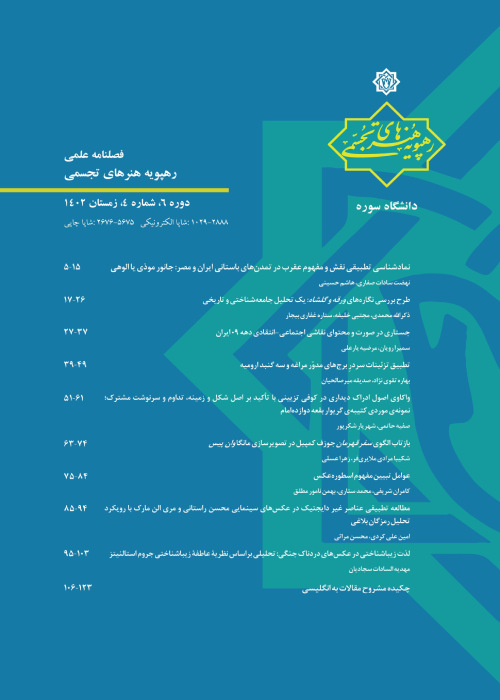The concept of truth in photography from point of view three theorists of photography compared to the concept of truth in art Plato philosophy
The rebellious advent of photography and its consequent theoretical and critical discussions gave rise to new approaches and insights on the concept and nature of art as well as its relationship with the surrounding world and other philosophical discussions. Theorists and their contemporaneous artists have repeatedly questioned, analyzed and described photography as a kind of art within the short time from the invention of this new medium and have either accepted or rejected it. In addition, the nature of art from the very beginning of its development dating back to many years before the birth of photography and its connection with the truth presented a new medium to the philosophers who kept providing innumerable, and sometimes conflicting, interpretations in their treatises following the discovery this connection. Much focus was put on evaluating the missions and discovering the capabilities and boundaries of photography with its cut-off world after several decades when photography had found a relatively stable position among the arts. From the very beginning of its emergence, photography has always promised to depict visible realities and truth and claimed to represent and record them forever. For a long time, this claim was confirmed by the documentary property of the images captured by the camera. However, shortly after the advent of new technologies and using various features to manipulate images, this property confronted with a new challenge. The images had lost their past credibility and their legitimacy had been questioned by its critics more than ever. Gradually, the views of artists and critics have changed, mostly negatively, until they realized that the only mission of a photographer is not recording truth and the nature of this media is much wider and deeper of the old claim relies on visual accuracy of photographs. This article aims to describe and interpret three new and dominant contemporary approaches to photography and its nature. It seeks to review the perspectives of new thinkers such as John Szarkowski, Susan Sontag, and Roland Barthes about photography and its relation to truth and reality, and to analyze their thoughts based on their intellectual backgrounds. It also aims at describing Plato’s view concerning art and its relation to the logical truth discussed in the “Republic” treatise, and finally clarifying the relationship between photography and the ideational truth using a descriptive-analytical method by comparing the attitudes of these three theorists with Plato’s. The required data were collected through library studies and over the Internet and were analyzed qualitatively. This paper has attempted to define and interpret photography as an independent phenomenon based on the perspectives of John Szarkowski, Roland Barthes and Susan Sontag, since these three critics dealt with the same subject in three different contexts and their view points are now considered comprehensive enough to include all theories. This article also aimed to find the similarities and differences in the theories developed by three thinkers in order to achieve a more accurate interpretation and recognition of photography from their perspective.


